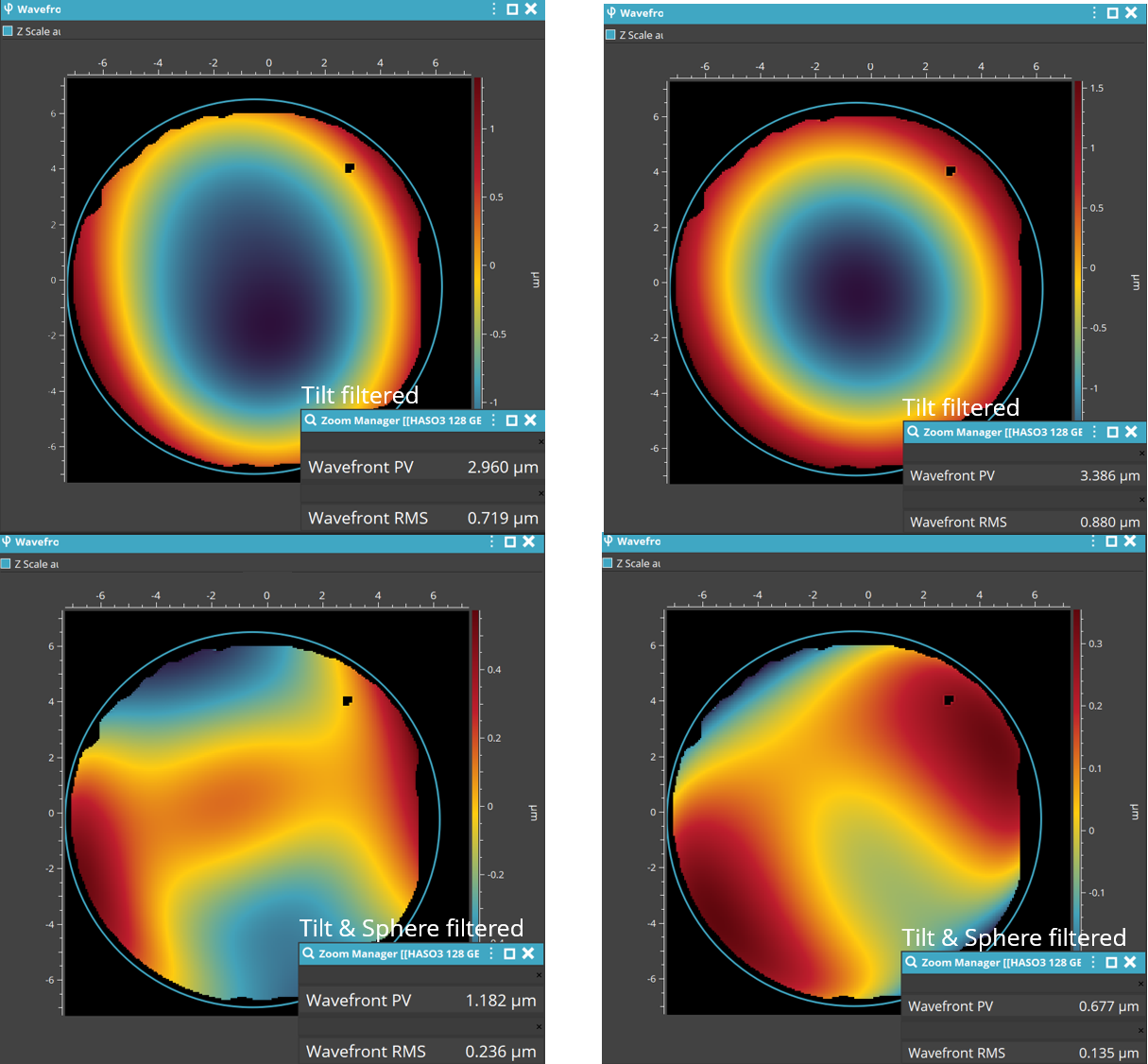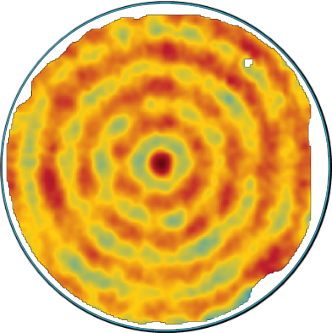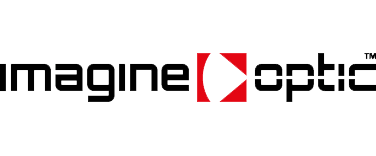plane optics quality control
NIGHTMARE, a rather average 1981 horror movie that yet perfectly recreates the TERROR of an optician confronted with a reflection on the back surface of a sample under test
Windows, prisms, filters, mirrors, crystals…from the (so) precious and fragile thin screens of our cell phones to the large tough airborne pod windows, plane-parallel optics are omnipresent in our daily life and professional applications.
It is therefore no surprising that the optical metrology of these components is of the utmost importance. It is more surprising, however, that the testing of such components, with no power, no complicated shape requiring huge dynamic range such as aspheric or freeform optics, can result in a tricky use case if not a NIGHTMARE. Isn’t it?
That’s why plane optics has been the subject of much effort, frustration, additional costs and technical patches for many years. We reviewed some of them in this white paper [Link to the white paper]. In this blog post, we propose to tell the story of how our production technicians stopped having BAD DREAMS and COLD SWEAT when it comes to characterizing and validating thin plane-parallel optics (glass substrate) before we mount them.
plane optics quality control
Unwanted interference, the TERROR of optical testing
When it comes to perform the metrology of plane optics, it might happen that you get multiple reflections from your sample under test:
– for example, you need to deliver a control sheet to your customer together with the nice protective windows you just produced. Bad news for you, it’s an AR coated, both surfaces are parallel and reflect the same amount of signal back to your instrument, with no way to filter one from another.
– lucky you, you need to characterize a coated mirror, with excellent reflectance at 1030 nm. Sadly, your metrology tool is based on a HeNe laser at 633.8 nm, where the AR coating is no longer reflective: you then get a GHOST signal from the back reflection of your mirror that disturbs the one you are interested in.
plane optics quality control
WAKE UP: the Parallel Optics Procedure (POP) will chase away your BAD DREAMS!
At Imagine Optic, we sell metrology solutions and we are also the first ones to need and use them: that’s one of our motivations to develop and perfect them.
In particular, we need to test the optical quality of glass substrate we implement in our products, custom metrology benches: dichroic, filters, beam splitters, windows, as surface shape and mid-spatial-frequency errors could impact the final performance of the systems.
To this end, we use a proprietary (patented) technique, POP -standing for Parallel Optics Procedure-, that allows for the characterization of large thin plane-parallel optics in two simple steps:
– step 1 > measurement in reflection on the glass substrate: our instrument MESO acquires the combined aberrations of the test beam reflected by the front and back surfaces of the sample
– step 2 > measurement in transmission on the glass substrate: MESO gets the transmitted aberrations of the sample as the test beam pass through the front and back surfaces (in double pass).
From these two measurements, it is possible to retrieve the surface figure error of both surfaces:

Surface Figure Error (SFE) of the front surface (left column) and back surface (right column) of a 200 mm glass substrate characterized before coating with POP, Imagine Optic proprietary Parallel Optics Procedure
Conveniently, the user also obtains the transmitted wavefront error (TWE) as a bonus, with no extra effort! If we filter the low-order aberrations, we can even identify the pattern generated by the polishing tool, as shown in picture below:

Transmitted Wavefront Error (TWE) of the same 200 mm glass substrate characterized before coating with POP, Imagine Optic proprietary Parallel Optics Procedure
Whether or not THERE IS A MONSTER IN YOUR CLOSET, we’ll be happy to discuss with you what solution best suits your needs. Reach us at contact@imagine-optic.com .

